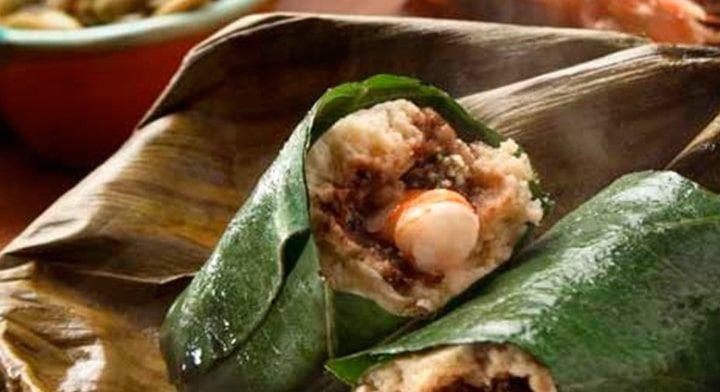Hierba santa, a very special ingredient in Mexican cuisine
Native to Mexico and other countries in the Americas, hierba santa has been very useful since pre-Hispanic times, since, throughout history, its varied properties have always provided great benefits to Mexican cuisine, which has given that unique and special flavor that characterizes it.





